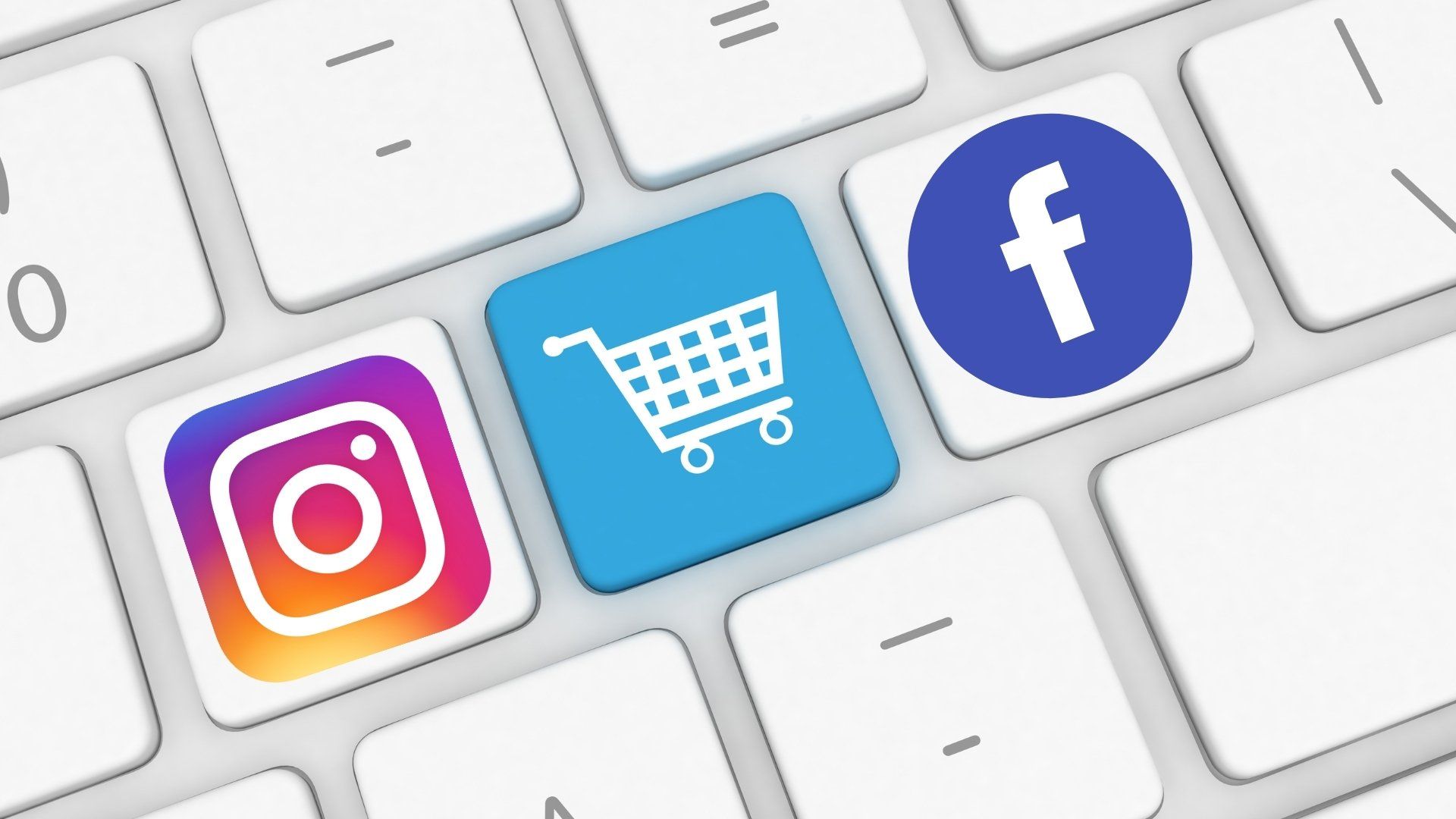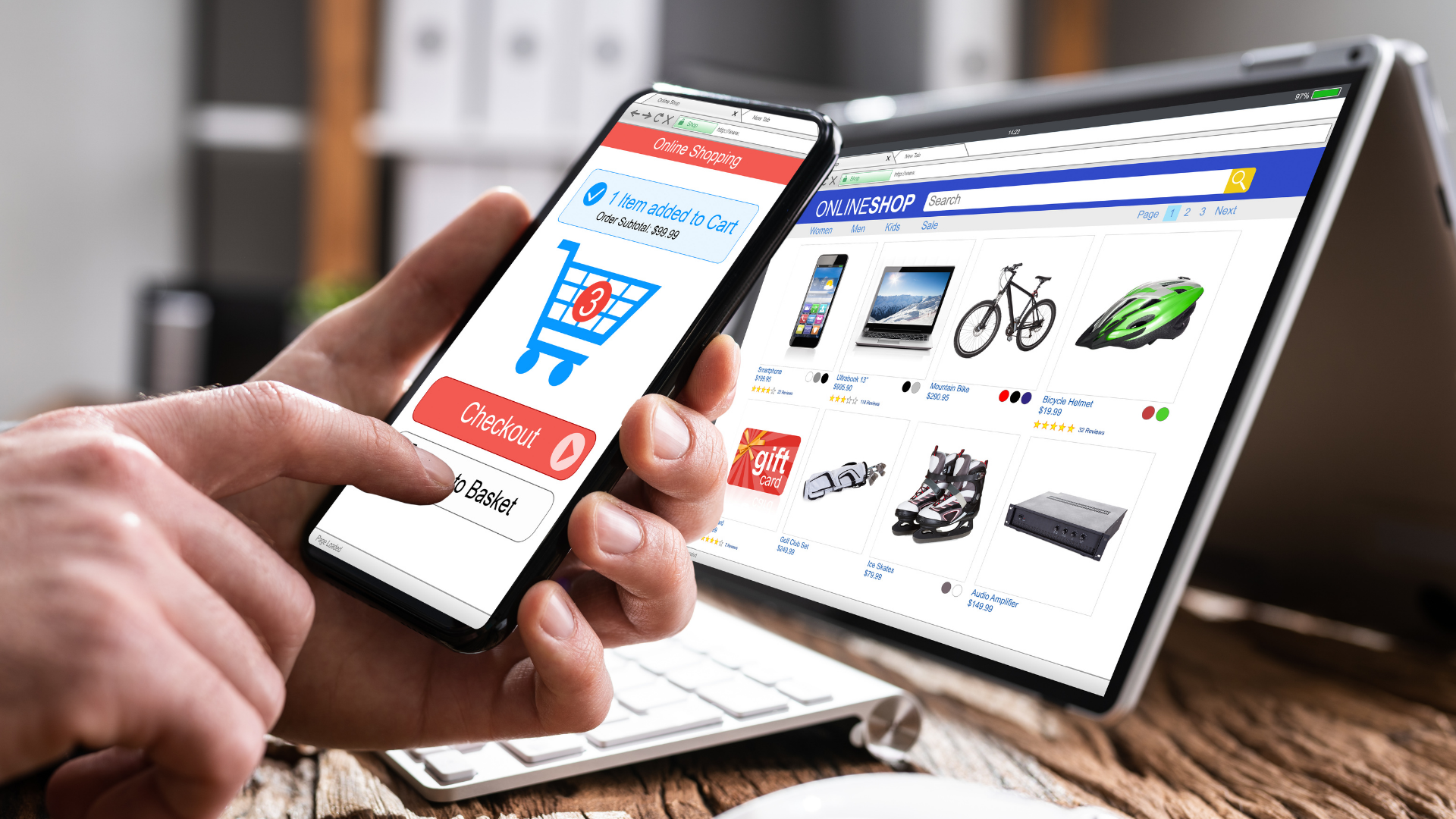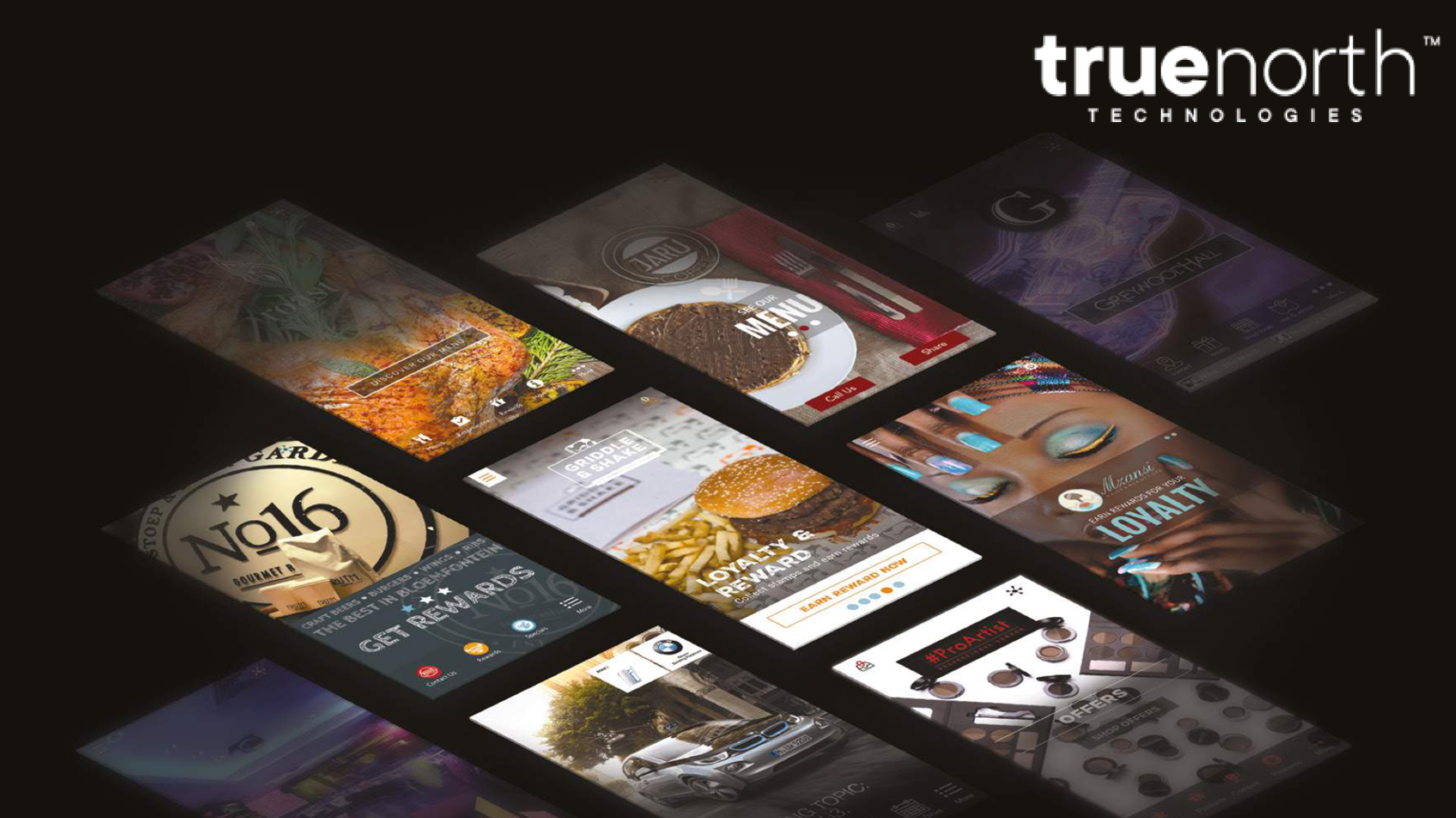Blog
True North Technologies Blog
Search results for 'ecommerce' (8)

Imagine your website as your online store. You wouldn't want people to peek in, feel awkward, and then disappear, never to return, would you? That's the bounce rate in action. It's the percentage of visitors who bounce off your site after just one page, like a dropped basketball. The engagement rate is the flip side of that coin. It tells you how many visitors actually stick around and explore. They might click links, watch videos, fill out forms, or browse other pages. The more engaged they are, the better! So, understanding a bounce rate vs engagement rate is important for any organization with a website. Here's why these two metrics are important: 1. Bounce Rate: Your Wake-Up Call A high bounce rate could be a red flag. Maybe your landing page is a snoozefest, your content is confusing, or your navigation is a maze. Thoroughly analyzing your bounce rate helps you identify areas that need work. 2. Engagement Rate: The Sticky Factor A good engagement rate means visitors find your site interesting and useful. They're digging deeper and potentially taking the next step, whether that’s buying something, signing up for your email list, or contacting you. 3. Not All Bounce Rates Are Created Equal Plot twist! A high bounce rate isn't always a disaster. Let's say you have a blog post titled "The Best Hiking Trail in Eastern Nebraska." Someone might land on that page, get the info they need (the trail’s name), and bounce. Well, that's a good thing since they found what they were looking for. You must consider your website’s context and goals, so discretion is key! High bounce rates on product pages or contact forms might be a sign of trouble, while high bounce rates on informative blog posts *might* be perfectly okay. 4. Engagement Rate: Beyond Just Time Spent Engagement rates are about what a reader does on your site, now just how long they were browsing it. Did they click that "Buy Now" button, read your entire "About Us" page, or quickly fill out a contact form? These actions tell a much richer story than just the time your readers gave up. 5. Bounce Rate and Engagement Rate: Better Together Think of bounce rates and engagement rates like cookies and milk, they're best analyzed together. A high bounce rate with a low engagement rate suggests there's a problem. But a high bounce rate with a decent engagement rate might not be as bad as it seems. 6. Know Your Audience Who are you trying to attract to your website? What are their goals? Once you understand your target audience , you can better interpret your website’s data. For example, if you run an online store selling luxury goods, you might expect fewer visitors overall, but a higher engagement rate from those who do visit. They're probably more likely to be serious about buying something than somebody composing their wish list on Amazon. 7. A/B Testing: Your Secret Weapon A/B testing lets you experiment with different versions of your website and see which one has a better bounce rate and engagement rate. Maybe you test two different headlines for your landing page or try out a new navigation bar for maximum impact. 8. Don't Get Fixated on One Number Bounce rate and engagement rate are valuable tools ( KPIs ), but they shouldn't be the only ones in your toolbox. Look at your conversion rates (the percentage of visitors who take a desired action), average time on page , and traffic sources. 9. It's All About User Experience In the end, the goal is to create a fantastic user experience. You want visitors to be engaged and keep coming back for more. By analyzing your bounce rate and engagement rate, you can identify areas for improvement and make your website a welcoming, informative, and user-friendly space. 10. Deep Dive with Analytics Tools Most website platforms have built-in analytics tools that track bounce rates and engagement rates. There are also powerful analytics platforms like Google Analytics that provide even more detailed insights into user behavior. What is a Great Way to Boost Your Bounce Rate vs Engagement Rate Ready to make your website a bounce-free zone (well, almost) and boost its engagement? Well, True North Technologies can help! We're a digital marketing agency passionate about crafting websites that convert. From SEO optimization to killer content creation, we have the expertise to help your website shine .

Imagine craving a caffeine fix and strolling past your favorite coffee shop. You then see an ad later that day for the exact same coffee shop, offering a discount just for you! Or maybe you're scrolling through online stores, checking out the latest sneakers, and bam! Ads for those same shoes start popping up everywhere you look. Spooky, right? Maybe a little but trust us, you’re not Jason Bourne and no command center is following your every step. It's actually a clever marketing strategy called geofencing, and it's changing how large and small businesses reach their customers. Understanding Geofencing Geofencing creates an invisible boundary around a physical location, like your favorite store or gym. This tactic allows marketers to establish these virtual perimeters using GPS, Wi-Fi, cellular data, or IP addresses . When someone with a smartphone enters or exits the designated area, they can receive targeted messages, notifications, or even banner ads. It's essentially a personalized billboard that follows you around (virtually, of course). The Power of Reaching Customers at the Right Moment Geofencing's strength lies in its ability to connect with potential customers at the best time. Consider a scenario where you're walking past a sporting goods store right before the weekend. A geofenced ad might remind you to pick up some new baseball gear for a kid's game or hiking gear for the nearby trails. With a well-crafted landing page , a great ad can be the deciding factor to make a conversion for people who check your site out! This is the power of geofencing – highly relevant marketing that cultivates targeted actions. Creative Applications of Geofencing With vast possibilities, geofencing is being employed by businesses in innovative ways, as seen in the following examples: Retail Stores: Attract customers with special offers or announcements about new product arrivals. Restaurants: Target nearby office workers with happy hour deals or entice passersby with a complimentary appetizer. Gyms: Motivate gym goers by offering discounts on memberships or personal training sessions when users are near the facility. Event Venues: Remind attendees of upcoming concerts or conferences. Competitor Targeting: Subtly nudge potential customers towards your store when they're in the vicinity of your competitor's location (always maintain a professional tone). Addressing Privacy Concerns It's understandable to feel apprehensive about location tracking. However, users must opt-in to some mix of location services, cookies , and privacy agreements for it to function. Additionally, geofencing is anonymous – it tracks users within a designated area, not their entire whereabouts. Tailoring Your Geofencing Strategy Geofences aren't a one-size-fits-all solution. Marketers can achieve highly targeted campaigns through various methods: Radius Fences: Create a circular perimeter around a specific location, like a store or park. Polygonal Fences: Define a custom shape for even greater precision, ideal for targeting specific areas within a building or shopping mall. Implementation and Cost Considerations While geofencing offers immense potential, it's not a DIY project that businesses can slap together. Partner with a marketing agency that’s assembled the necessary tools and expertise for effectively executed campaigns. The cost varies depending on the campaign's size and complexity. However, compared to traditional advertising methods, geofencing can be a highly cost-effective way to reach a targeted audience. Plus, your campaign can be tracked in real time, so your team can tweak things on the fly to get the best outcome.

The world’s biggest sales days of the year are just a few short weeks away. What was once known for long lines, mall melees, and slammed shopping centers has now largely shifted to the internet. With the addition of Cyber Monday in recent years, many companies are now seeing ecommerce as a way to successfully navigate the changing retail landscape. This year’s unofficial holidays will be a great opportunity for businesses to make up for lost sales due to challenging lockdowns and shortages. We’ve chosen to highlight some key Black Friday ecommerce statistics to provide context ahead of this important date.

Internet technologies have significantly lowered the barrier to entry for many industries. For instance, it’s fairly straightforward for one to build their own brand(s) online via social media platforms like YouTube, Facebook, and Instagram. Whether you’re interested in cooking, thrifting, gaming, comedy, politics, content creation, or even graphic and interior design, almost any personal passion can be effectively monetized in the digital age. It’s even possible to launch and operate a successful business from the comfort of your own home office (or couch). The following are a few popular options to consider when it comes to social media selling in 2021.

There’s a lot of buzz surrounding ecommerce these days. It’s a topic which has become increasingly prevalent over the years, especially after 2020, and many businesses seem to be jumping on the bandwagon. So, what’s the big deal with ecommerce? How do businesses take advantage of this trend and which strategies can best help them achieve success? We’ve chosen to highlight a few ecommerce essentials to help answer these questions.
Interested in valuable marketing content?
Sign up for our weekly newsletter!



